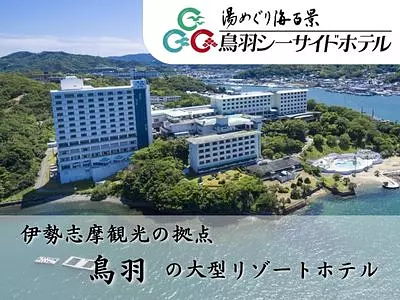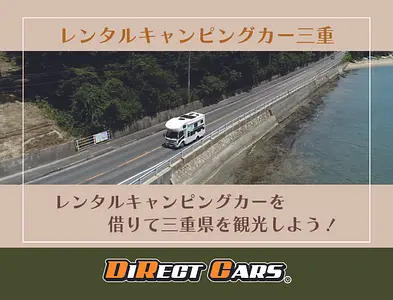Local greats and historical figures connected to Mie Prefecture
掲載日:2016.08.30
Introducing local greats and historical figures with ties to Mie Prefecture. Mie Prefecture was home to some great people who left their mark on history, such as KokichiMikimoto MotooriNorinaga who was the first to successfully produce cultured pearls, and Norinaga Motoori, who was widely known in Japanese academic circles. We would like to introduce nine of them and the sightseeing spots that are connected to them.
*Some of the reservation/purchase links posted on this page include those that earn revenue from affiliate programs.
index
MatsuuraTakeshiro [MatsuuraTakeshiro Memorial Museum] (MatsusakaCity)
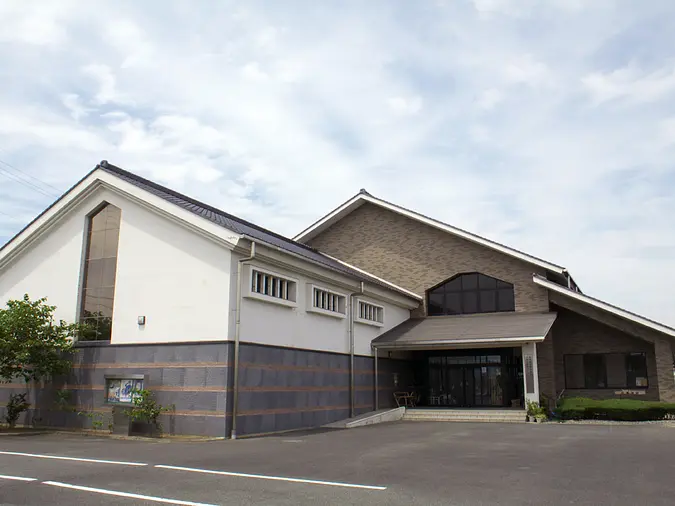
MatsuuraTakeshiro, the godfather of Hokkaido and said to be the greatest adventurer of modern times, was born in 1818 (Bunsei era) in Sugawa Village, Isshi District (formerly Mikumo Town, now MatsusakaCity).
Over a period of 13 years starting in 1845, he explored Ezo Island (present-day Hokkaido), Kunashiri, Etorofu, and Karafuto six times. He wrote the results of his research in books such as ``Sanko Ezo Diary,'' and created ``Ezo General Map,'' which is said to be the definitive map of Hokkaido. In 1869 (Meiji 2), he was appointed by the government as a development judge and selected the names of Hokkaido, the country, and the county.
Because he had a close relationship with the Ainu people and learned their language, the Ainu language was used in the selection process. He has written over 200 books and articles on Hokkaido.
Click here for recommended nearby spots
Matsusaka Agricultural Park BellFarm
Korasu coast
Related information
KokichiMikimoto [MikimotoPearlIsland] (TobaCity)
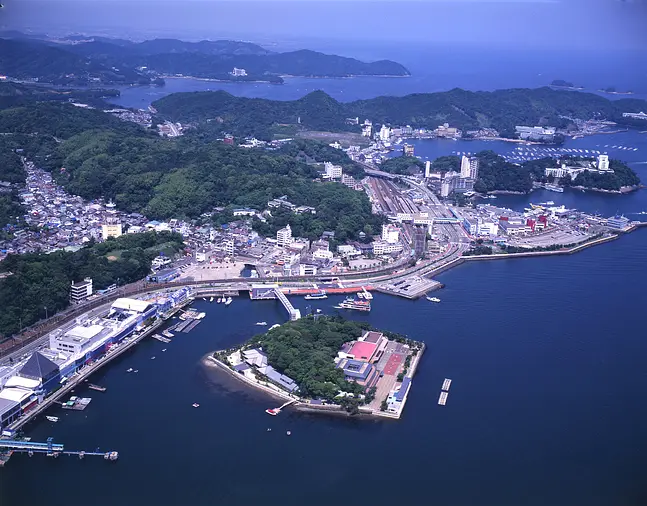
The King of Pearls, KokichiMikimoto, was born in 1858 (Ansei 5) as the eldest son of a udon noodle shop owner in Toba.
From the age of 13, I helped my family by helping in the family business and selling vegetables. At the age of 30, he began researching cultured pearls. After repeated setbacks and hardships, in 1893 (Meiji 26), he succeeded in cultivating semicircular pearls at Ojima, Toba. Afterwards, he worked on cultivating perfectly round pearls on Tatoru Island in Ago Bay, and finally succeeded in cultivating them in 1905 (Meiji 38) at the age of 47.
Pearl farming developed as an important industry in the Shima region. Pearls are an international product that attracts the attention of women all over the world.
You can enjoy touring Toba Bay from the front of Pearl Island and Aquarium.
Toba Bay tour and Dolphin Island (link)
Related information
Click here for a detailed interview report → Let's go to MikimotoPearlIsland to see an ama performance! We will report on museums, pearl shops, as well as parking and access information.
YukioOzaki [Gakudo Ozaki Memorial Museum] (IseCity)
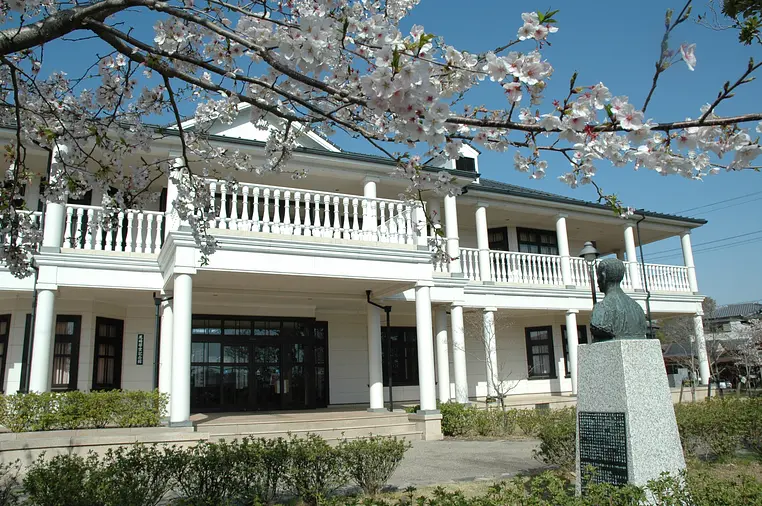
YukioOzaki, famous as the god of constitutional government, was born in 1858 (Ansei 5) in Tsukui Town, Kanagawa Prefecture, and at the age of 15 moved to Yamada, Watarai Prefecture (now IseCity) due to his father's transfer.
After graduating from Keio University, he became the chief editor of the Niigata Shimbun newspaper, took part in the founding of the Constitutional Reform Party, and began his political activities.
In 1890 (Meiji 23), at the age of 33, he ran for office in Mie Prefecture in Japan's first general election and was elected.Since then, he has set an astonishing record of winning 25 consecutive elections.
During this time, he held successive positions including Minister of Education, Mayor of Tokyo, and Minister of Justice, and was active in establishing parliamentary democracy.
Click here for recommended nearby spots!
Rikyuin Ruins (Rikyuin Park)
EdogawaRanpo [EdogawaRanpo Birth Monument] (NabariCity)
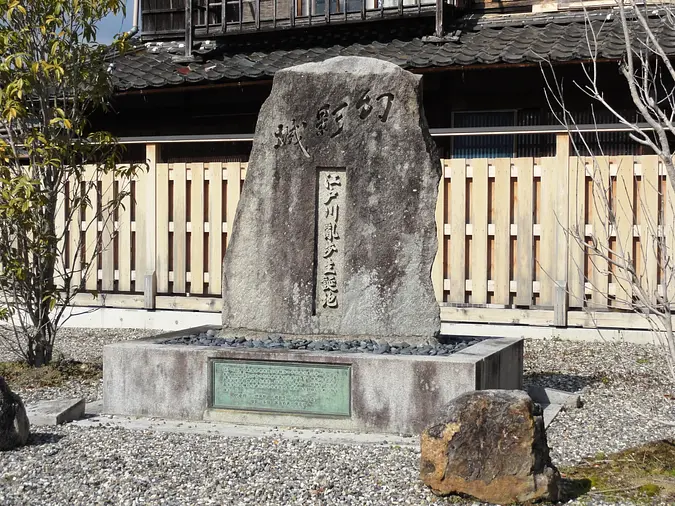
EdogawaRanpo, a master of mystery novels, was born in 1894 (Meiji 27) in Nabari-cho, Naga-gun (present-day NabariCity). His real name is Taro Hirai. The pen name comes from Edgar Allan Poe, an American mystery writer whom Ranpo loved reading in his youth.
After graduating from Waseda, he worked in more than 10 different jobs, including working for a trading company. In 1923 (Taisho 12), he published ``Two Sen Copper Coins'' and gained attention as a writer of modern mystery novels. After that, he went on to publish works such as ``Psychological Exam'' and ``Walker in the Attic,'' establishing the new field of mystery novels.
After the war, he worked to popularize mystery novels through research and criticism, and EdogawaRanpo Prize, established in 1954, has become a gateway to success for new mystery writers.
Click here for recommended nearby spots
LakeShorenji
TheAkame48Falls
KaochidaniValley
TakatoshiMitsui [Birthplace of the Mitsui family] (MatsusakaCity)
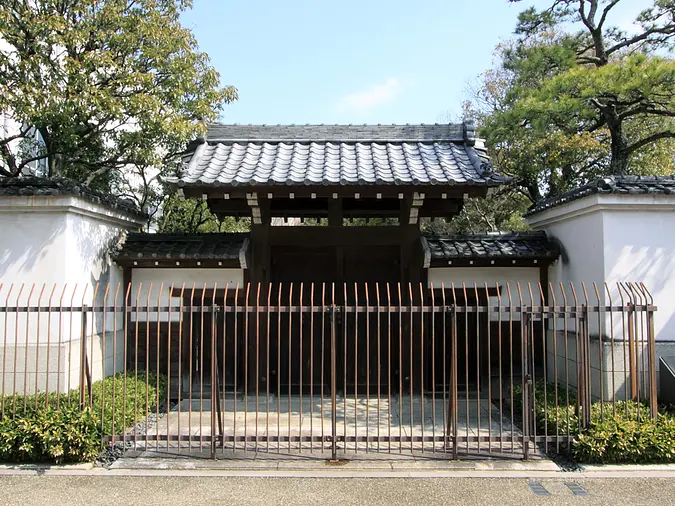
Mitsui Hachirobei Takatoshi, who laid the foundation for the current Mitsui-affiliated companies, was born in 1622 (Genwa 8) in Honmachi, Matsusaka (now MatsusakaCity), as the youngest of eight children of a merchant family that sold liquor and miso while also working as a pawnshop. Was born. He moved to Edo at the age of 14, saved up money while helping his eldest brother Shunji in his haberdashery shop, and became independent in Matsuzaka at the age of 31. He started a financial business and a rice business.
In 1673 (Enpo era), at the age of 52, he moved to Edo again and opened an Echigoya kimono store in Honmachi 1-chome. Afterwards, he opened a money exchange shop and started a financial business, and made a huge fortune through innovative business methods. He became famous as one of the most wealthy merchants in the country, serving as the gold and silver exchange purveyor for the Tokugawa Shogunate.
Click here for nearby spots related to Matsusaka Merchant
MatsusakaCity History and Folklore Museum (formerly Iinan County Library) Main Building
Matsusaka merchant's house
TakatoraTodo [Tsu Castle Ruins] (TsuCity)
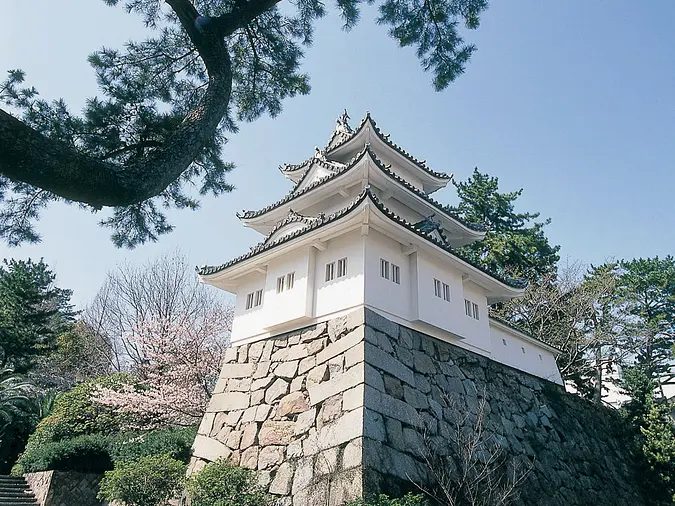
Takatora, who was born in Kora (Shiga Prefecture), ran from east to west to create an era without war, and in 1608 he became the feudal lord of Iga and Ise-Anotsu with a wealth of 323,000 koku.
When Takatora entered Tsu, he worked to rebuild the devastated town. He renovated the castle, built Marunouchi as a political center, built samurai residences, townhouses, merchants, temple towns, etc., and worked to develop the town, creating the foundation for the town of Tsu today. He also worked on town development throughout the country and became famous as a master of town development. It is still revered by citizens as the father of business prosperity and good fortune. Shiromochi-kun, the TsuCity PR character created from three round mochis and the Todo family's banner, is also very popular with children.
Click here to see the castle (ruins) built by master TakatoraTodo Todo Takatora
Iga Ueno Castle
Akagi Castle Ruins (Akagi Castle Park)
Related information
MatsuoBasho [Basho Old Man Memorial Museum] (IgaCity)
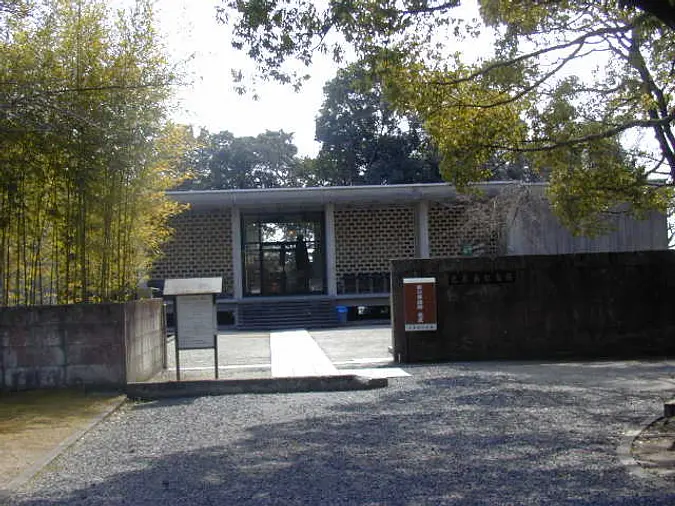
The haiku master MatsuoBasho was born in 1644 in Akasaka-cho (formerly Ueno City, present-day IgaCity) in Iga Ueno (Tsuge Village, according to a different theory). He aspired to become a haikai poet since he was a boy, and at the age of 23, he traveled to Kyoto to study ancient, modern, Japanese and Chinese.
At the age of 29, he decided to become a haiku master and then moved to Edo. At the age of 37, he established Basho-an in Fukagawa, Edo and devoted himself to haiku. Starting in 1684 (Jokyo 1), he began his ``Wild Journey'' and traveled to countries such as Kashima, Ou, and Naniwa, and during this time he left behind many famous poems and travelogues.
He completely changed the traditional haiku style and established the Shō style, which is a highly literary form of haikai.
His haiku are included in the ``Haikai Shichibu Shu'' and other works, and his major travelogues include ``Nozarashi Travelogue,'' ``Sarashina Travelogue,'' and ``Oku no Hosomichi.''
Click here for nearby spots related to haiku saint MatsuoBasho Basho!
Minomushian
Basho Birthplace
MotooriNorinaga [MotooriNorinaga Memorial Museum] (MatsusakaCity)
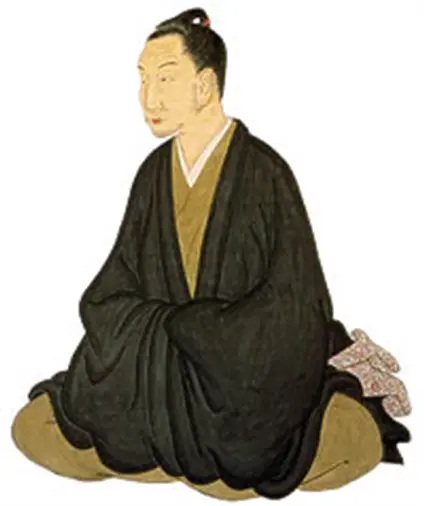
Norinaga MotooriNorinaga in Japanese studies, was born in 1730 (Kyoho 15) as the eldest son of a cotton merchant in Honmachi, Matsusaka (now MatsusakaCity). At the age of 23, he went to Kyoto to study, and while practicing medicine, studied Chinese studies and Japanese literature. Five years later, he returned to Matsuzaka and earned a living by practicing medicine while continuing to study Japanese classics such as The Tale of Genji.
At the age of 34, he became a disciple of Kamo Mabuchi and began researching the Kojiki. It took him 35 years to complete 44 volumes of his major work, Kojikiden. In his later years, he became the center of Japanese academic circles both in name and reality, and it is said that his disciples numbered 500 nationwide. The study where he hung bells and studied was called ``Suzunoya'' and is widely known throughout the country.
Click here for recommended nearby spots
GojobanYashiki
Matsusaka Castle Ruins (Matsuzaka Park)
ZuikenKawamura [ZuikenKawamura Park] (Watarai District, MinamiiseTown)
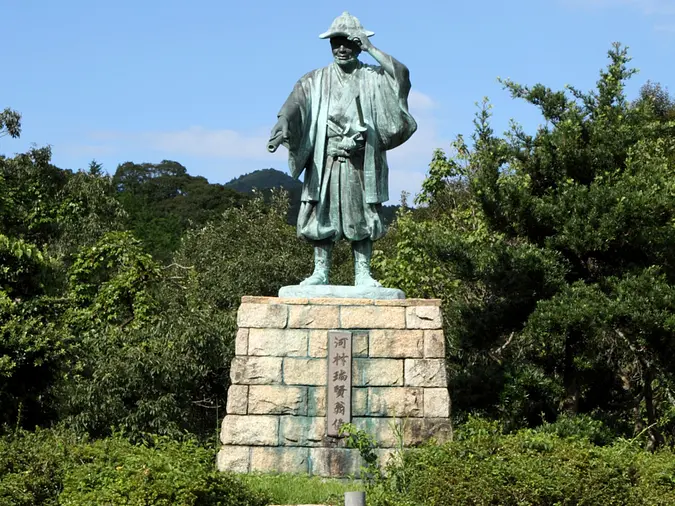
ZuikenKawamura, a major businessman in the early Edo period, was born in 1618 (Genna 4) to the eldest son of a farmer in toguu Village, Watarai District (formerly Minamijima Town, presently MinamiiseTown). At the age of 13, he moved to Edo and after many hardships, he managed a lumber business. His business acumen was demonstrated during the Great Meireki Fire of 1657. He quickly amassed great wealth by purchasing timber from Kiso, which became the model for the story.
Afterwards, based on his reputation as a major merchant, he was ordered by the shogunate to develop sea routes from Ou to Edoma (eastbound) and Osaka (westbound). In addition, many historic projects were left behind, including flood control and irrigation works, port construction, and silver mine development. He is also famous for respecting learning and for supporting Arai Shiraishi.
Click here for recommended nearby spots
toguu Fudo Falls
UguraPark
| Category | |
|---|---|
| season |

![MatsuuraTakeshiro [MatsuuraTakeshiro Memorial Museum]](https://www.kankomie.or.jp/rails/active_storage/representations/proxy/eyJfcmFpbHMiOnsibWVzc2FnZSI6IkJBaHBBakRVIiwiZXhwIjpudWxsLCJwdXIiOiJibG9iX2lkIn19--d1b14efb2e5290b0eea3a925b15f3279867bb891/eyJfcmFpbHMiOnsibWVzc2FnZSI6IkJBaDdCem9MWm05eWJXRjBPZ2wzWldKd09oSnlaWE5wZW1WZmRHOWZabWwwV3dkcEFhWXciLCJleHAiOm51bGwsInB1ciI6InZhcmlhdGlvbiJ9fQ==--eb90280ff6a4fc8dcd70892674b7dec5a7ad4845/1462_1_org.jpg)
![KokichiMikimoto [MikimotoPearlIsland]](https://www.kankomie.or.jp/rails/active_storage/representations/proxy/eyJfcmFpbHMiOnsibWVzc2FnZSI6IkJBaHBBakhVIiwiZXhwIjpudWxsLCJwdXIiOiJibG9iX2lkIn19--ea080bcd60a1d821941cc08310174f1005ca2a8d/eyJfcmFpbHMiOnsibWVzc2FnZSI6IkJBaDdCem9MWm05eWJXRjBPZ2wzWldKd09oSnlaWE5wZW1WZmRHOWZabWwwV3dkcEFhWXciLCJleHAiOm51bGwsInB1ciI6InZhcmlhdGlvbiJ9fQ==--eb90280ff6a4fc8dcd70892674b7dec5a7ad4845/1463_1_org.jpg)
![YukioOzaki [Ozaki Kado Memorial Museum]](https://www.kankomie.or.jp/rails/active_storage/representations/proxy/eyJfcmFpbHMiOnsibWVzc2FnZSI6IkJBaHBBakxVIiwiZXhwIjpudWxsLCJwdXIiOiJibG9iX2lkIn19--25909d7132996dae02fa68f5bd05d641e5cd6f82/eyJfcmFpbHMiOnsibWVzc2FnZSI6IkJBaDdCem9MWm05eWJXRjBPZ2wzWldKd09oSnlaWE5wZW1WZmRHOWZabWwwV3dkcEFhWXciLCJleHAiOm51bGwsInB1ciI6InZhcmlhdGlvbiJ9fQ==--eb90280ff6a4fc8dcd70892674b7dec5a7ad4845/1464_1_org.jpg)
![EdogawaRanpo [EdogawaRanpo Birth Monument]](https://www.kankomie.or.jp/rails/active_storage/representations/proxy/eyJfcmFpbHMiOnsibWVzc2FnZSI6IkJBaHBBalBVIiwiZXhwIjpudWxsLCJwdXIiOiJibG9iX2lkIn19--041a6c5009f8de7b3812cd996292dd51de93489d/eyJfcmFpbHMiOnsibWVzc2FnZSI6IkJBaDdCem9MWm05eWJXRjBPZ2wzWldKd09oSnlaWE5wZW1WZmRHOWZabWwwV3dkcEFhWXciLCJleHAiOm51bGwsInB1ciI6InZhcmlhdGlvbiJ9fQ==--eb90280ff6a4fc8dcd70892674b7dec5a7ad4845/1465_1_org.jpg)
![TakatoshiMitsui [Birthplace of the Mitsui family]](https://www.kankomie.or.jp/rails/active_storage/representations/proxy/eyJfcmFpbHMiOnsibWVzc2FnZSI6IkJBaHBBdmZ4IiwiZXhwIjpudWxsLCJwdXIiOiJibG9iX2lkIn19--acebc7a7ae85b0fd1192535a85009f3897b944c3/eyJfcmFpbHMiOnsibWVzc2FnZSI6IkJBaDdCem9MWm05eWJXRjBPZ2wzWldKd09oSnlaWE5wZW1WZmRHOWZabWwwV3dkcEFhWXciLCJleHAiOm51bGwsInB1ciI6InZhcmlhdGlvbiJ9fQ==--eb90280ff6a4fc8dcd70892674b7dec5a7ad4845/1466_1_org.jpg)
![TakatoraTodo [Tsu Castle Ruins]](https://www.kankomie.or.jp/rails/active_storage/representations/proxy/eyJfcmFpbHMiOnsibWVzc2FnZSI6IkJBaHBBalRVIiwiZXhwIjpudWxsLCJwdXIiOiJibG9iX2lkIn19--99bbb17548e1abaa64542c1773afe39e914b276b/eyJfcmFpbHMiOnsibWVzc2FnZSI6IkJBaDdCem9MWm05eWJXRjBPZ2wzWldKd09oSnlaWE5wZW1WZmRHOWZabWwwV3dkcEFhWXciLCJleHAiOm51bGwsInB1ciI6InZhcmlhdGlvbiJ9fQ==--eb90280ff6a4fc8dcd70892674b7dec5a7ad4845/1467_1_org.jpg)
![MatsuoBasho [Basho Old Man Memorial Museum]](https://www.kankomie.or.jp/rails/active_storage/representations/proxy/eyJfcmFpbHMiOnsibWVzc2FnZSI6IkJBaHBBalhVIiwiZXhwIjpudWxsLCJwdXIiOiJibG9iX2lkIn19--129abfa73b23ecbd27594716f7c2fa6eb8355041/eyJfcmFpbHMiOnsibWVzc2FnZSI6IkJBaDdCem9MWm05eWJXRjBPZ2wzWldKd09oSnlaWE5wZW1WZmRHOWZabWwwV3dkcEFhWXciLCJleHAiOm51bGwsInB1ciI6InZhcmlhdGlvbiJ9fQ==--eb90280ff6a4fc8dcd70892674b7dec5a7ad4845/1468_1_org.jpg)
![MotooriNorinaga [MotooriNorinaga Memorial Museum]](https://www.kankomie.or.jp/rails/active_storage/representations/proxy/eyJfcmFpbHMiOnsibWVzc2FnZSI6IkJBaHBBamJVIiwiZXhwIjpudWxsLCJwdXIiOiJibG9iX2lkIn19--ed9d85b44e833f1062cbbef918f737bfe7217b38/eyJfcmFpbHMiOnsibWVzc2FnZSI6IkJBaDdCem9MWm05eWJXRjBPZ2wzWldKd09oSnlaWE5wZW1WZmRHOWZabWwwV3dkcEFhWXciLCJleHAiOm51bGwsInB1ciI6InZhcmlhdGlvbiJ9fQ==--eb90280ff6a4fc8dcd70892674b7dec5a7ad4845/1469_1_org.png)
![ZuikenKawamura [ZuikenKawamura Park]](https://www.kankomie.or.jp/rails/active_storage/representations/proxy/eyJfcmFpbHMiOnsibWVzc2FnZSI6IkJBaHBBamZVIiwiZXhwIjpudWxsLCJwdXIiOiJibG9iX2lkIn19--638823c6cbbf95316c7c3955551062e8a3877a00/eyJfcmFpbHMiOnsibWVzc2FnZSI6IkJBaDdCem9MWm05eWJXRjBPZ2wzWldKd09oSnlaWE5wZW1WZmRHOWZabWwwV3dkcEFhWXciLCJleHAiOm51bGwsInB1ciI6InZhcmlhdGlvbiJ9fQ==--eb90280ff6a4fc8dcd70892674b7dec5a7ad4845/1470_1_org.jpg)
